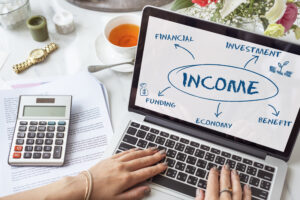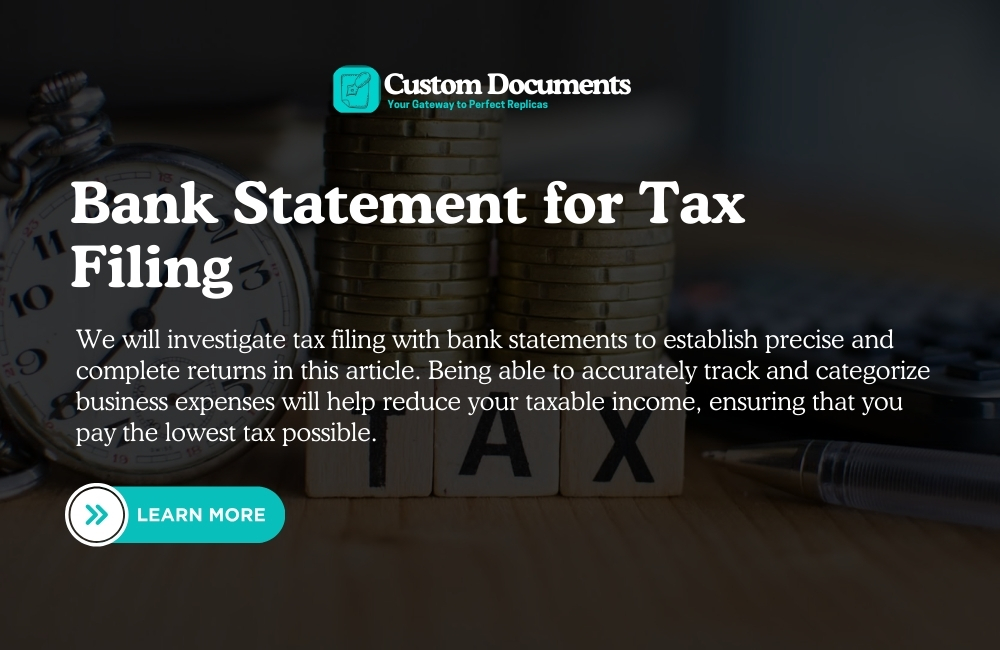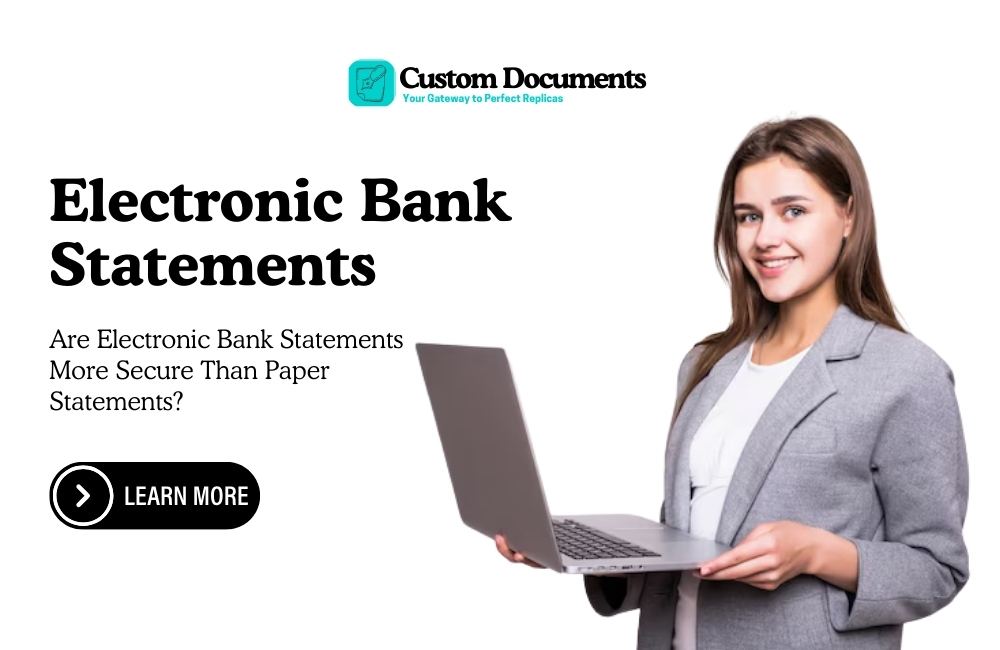
A bank statement is a simple monthly report from your bank. It lists all the money that moved in and out of your account, like deposits, withdrawals, and any bank fees.
Think of this statement as a check-up for your money. It gives you a clear record of your financial habits, helping you understand where your cash actually goes.
Looking at your statement each month is a smart habit. It keeps you updated on your account’s activity and gives you a true picture of your finances.
This regular review helps you spot any mistakes or surprise charges quickly. Plus, you’ll better understand your spending and can find ways to make your money work better for you.
Understanding the Structure of a Bank Statement
Account Summary: This just shows how much money you had when the month started and how much was there when it ended.
Transaction History: This is a list of all the actions in your account. It includes things like payments you made, money you moved, cash you put in, and money you took out from cash machines.
Deposits, Withdrawals & Fees: This part points out any money you got (like your pay), bills you paid off, and any costs the bank charged you.
Digital vs. Paper Statements: You can get your statements online (digital), which is often quicker and better for the environment. Or, you can get them on paper in the mail, which some people find easier to keep and look at.
Understanding this layout helps you interpret your financial behaviors clearly and with confidence.
Analyzing Spending Behavior: Where Does Your Money Really Go?
How to Break Down Expenses by Category
Go through your transaction history and start grouping your expenditures.
Common categories include:
- Housing (rent/mortgage, utilities)
- Food (groceries, dining out)
- Transportation (fuel, public transport, car payments)
- Entertainment (movies, hobbies, subscriptions)
- Personal Care
- Debt Payments

Budget Creation and Adjustment: Building Your Financial Plan
With a clear understanding of where your money goes, you can now build a realistic budget.
- Using Transaction Data to Set Realistic Budgets
Your categorized expenses from your bank statement analysis form the foundation of your budget. If you know you typically spend $400 on groceries, budgeting $200 isn’t realistic. Use your actual spending habits as a starting point.
- Comparing Budgeted vs. Actual Spending
Once your budget is set, each new bank statement allows you to compare what you planned to spend versus what you actually spent in each category. This is crucial for accountability.
- Adjusting Budgets Based on Previous Statement Reviews
Few people get their budget perfect on the first try. Your statement reviews will show where your budget might be too tight or too loose, allowing you to make informed adjustments for the next month.
- How to Set Savings Goals Based on Available Data
By understanding your income and your essential spending, your bank statement can help you identify how much money you can realistically allocate towards savings goals each month.
Detecting Fraud or Errors Early:
One of the most critical reason to check your statements regularly is security:
Signs of Unauthorized Transactions
Look for any transactions you don’t recognize, no matter how small. Scammers sometimes test accounts with small charges before making larger fraudulent ones.
Common Mistakes to Look For
Double charges: Being billed twice for the same item or service.
Incorrect amounts: Being charged more than you agreed to.
Unexpected fees: Fees you weren’t aware of or don’t understand.
Tracking Financial Progress Over Time
When you look at your bank statements from the last few months, or even longer, you get a good idea of how things are going with your money.
You can easily check things like:
- Is the amount of money you’re saving getting bigger?
- Are you successfully paying down your loans or credit card bills?
- Are you starting to spend less and save more of what you earn?
Supporting Applications and Financial Documentation:
Bank statements are often used as proof of financial stability when applying for:
- Get a loan from a bank or a new credit card.
- Buy a house (get a mortgage) or rent an apartment or house.
- Apply for a visa to travel to another country, or for financial help like a scholarship.
Best Practices for Managing and Storing Statements
A common recommendation is to keep your bank statement for at least one year. However, statements related to taxes, major purchases (like a home or car), or business expenses should often be kept longer – typically 3 to 7 years, or even permanently for significant life events. Check with a financial advisor for specific needs.
Digital Storage Tips
Cloud Storage: Services such as Google Drive, Dropbox, or OneDrive are useful. However, make sure you use strong passwords and two-factor authentication.
Encrypted Folders: To protect yourself, keep digital documents in a secure folder on your personal computer or an external drive.
Backups: Regularly backup your digital files.
Wrapping It Up
Your bank statement is more than just a list of what you bought or where your money went. Think of it like a friendly guide that can help you make much smarter choices with your cash. When you take a little time to look it over each month, you start to see your spending habits. This helps you make a good plan (like a budget) so you can really be in charge of your money.
So, don’t just ignore that statement when it arrives from your bank! Open it up and see what it tells you. It’s a great tool to help you build the future you want and reach your money goals. Really, getting a good handle on your finances just starts with knowing where your money is actually going.








